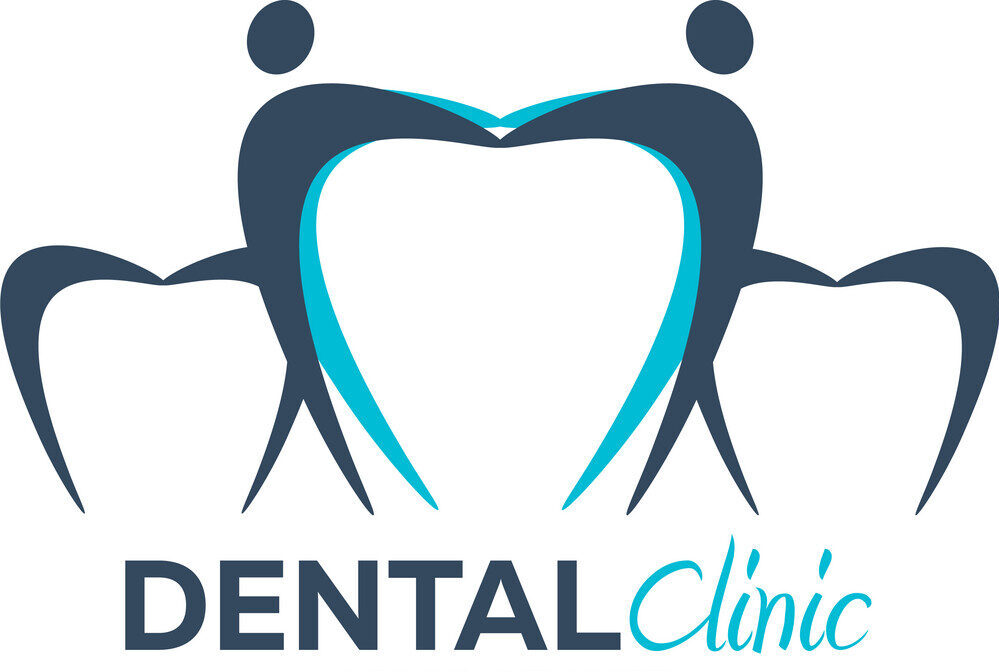Here is the list of the Top Cosmetic Dentists in King County, WA city, USA.
Raleigh
King County, WA
Wyoming
Arizona
Seattle
San Jose
Raleigh
Orlando
Milwaukee
Charlotte
What is the most Painful Dental Condition?
Tooth pain is among the most intense and distressing types of pain a person can experience. While several dental conditions can cause severe discomfort, dental abscesses and acute pulpitis are widely recognized as the most excruciating dental problems. This comprehensive article explores the most painful dental condition, its causes, symptoms, diagnosis, treatment, prevention, and frequently asked questions.
Understanding Dental Pain
Dental pain, or odontogenic pain, originates from the teeth or their supporting structures, such as the gums, jawbone, or periodontal membrane. The most common causes are dental caries (tooth decay), pulpitis (inflammation of the dental pulp), and dental abscesses.
Why is Dental Pain So Severe?
- The dental pulp, located at the center of each tooth, contains nerves and blood vessels. When inflamed or infected, the confined space leads to increased pressure and intense pain4.
- The trigeminal nerve, responsible for sensation in the face, transmits dental pain, making it particularly sharp and hard to ignore.
The Most Painful Dental Condition: Dental Abscess
What is a Dental Abscess?
A dental abscess is a localized collection of pus caused by a bacterial infection at the root of a tooth or in the surrounding gum tissue. It usually results from untreated tooth decay, periodontal disease, or trauma to the tooth.
Types of Dental Abscesses
- Periapical abscess: Occurs at the tip of the tooth root.
- Periodontal abscess: Forms in the gums at the side of a tooth root.
- Gingival abscess: Located in the gum tissue without affecting the tooth or periodontal ligament.
Why Is a Dental Abscess So Painful?
- The buildup of pus creates pressure inside the tooth or gum, leading to throbbing, continuous pain.
- The infection can spread to surrounding tissues, causing swelling, redness, and even facial swelling.
- The pain often radiates to the jaw, ear, or neck and can worsen with chewing, temperature changes, or lying down.
Symptoms
- Severe, persistent, throbbing toothache
- Sensitivity to hot and cold
- Swelling of the face or cheek
- Tender, swollen lymph nodes under the jaw or in the neck
- Fever and general malaise
- Bad taste in the mouth or foul-smelling breath
Complications
If left untreated, a dental abscess can lead to:
- Spread of infection to the jaw, neck, or brain
- Tooth loss
- Sepsis (a life-threatening infection)
- Difficulty swallowing or breathing (medical emergency)
Other Extremely Painful Dental Conditions
While dental abscesses top the list, several other dental issues can cause severe pain:
| Condition | Description | Typical Pain Level | Notable Symptoms | More Info (External Link) |
|---|---|---|---|---|
| Dental Abscess | Pus-filled infection at tooth root or gum | Extreme | Throbbing pain, swelling, fever | [Wikipedia – Toothache] |
| Acute Pulpitis | Inflammation of the tooth’s pulp (nerve) | Severe | Sharp, pulsating pain, sensitivity | |
| Cracked Tooth | Fracture in the tooth structure | Moderate-Severe | Sharp pain on biting, sensitivity | |
| Pericoronitis | Infection of gum tissue around a partially erupted tooth (often wisdom teeth) | Severe | Swelling, difficulty opening mouth, trismus | |
| Trigeminal Neuralgia | Nerve disorder causing intense facial pain | Severe | Sudden, electric-shock-like pain |
Acute Pulpitis: The “Toothache” Everyone Fears
What is Pulpitis?
Pulpitis is inflammation of the dental pulp, often caused by deep decay, trauma, or repeated dental procedures. It can be reversible (pain subsides when the irritant is removed) or irreversible (pain persists and the pulp dies).
Symptoms
- Spontaneous, sharp, shooting pain
- Pain triggered by heat, cold, or sweet foods
- Pain lingers even after the stimulus is removed
- May lead to abscess if untreated
Why is Pulpitis So Painful?
- The pulp chamber is a rigid space; inflammation increases pressure, compressing nerves and blood vessels.
- The pain can be so severe it disrupts sleep and daily activities.
Pericoronitis: Pain from Erupting Wisdom Teeth
Pericoronitis is the inflammation of the gum tissue around a partially erupted tooth, most commonly the lower wisdom teeth. Food and bacteria get trapped under the gum flap, leading to infection.
Symptoms
- Severe, throbbing pain at the back of the mouth
- Swelling and redness of the gum
- Difficulty opening the mouth (trismus)
- Bad taste or odor
Trigeminal Neuralgia: The Nerve Pain Mimicking Toothache
Trigeminal neuralgia is a nerve disorder that causes sudden, severe, electric-shock-like pain in the face, sometimes mistaken for dental pain. It is not caused by tooth problems but can be confused with severe toothache.
Diagnosis of Severe Dental Pain
Dentists use a combination of:
- Medical and dental history
- Physical examination
- X-rays to detect abscesses, fractures, or deep decay
- Pulp vitality tests
Treatment Options
Dental Abscess
- Drainage: The abscess must be drained to relieve pressure and remove pus.
- Root Canal Therapy: Removes the infected pulp and seals the tooth.
- Extraction: Severely damaged teeth may need removal.
- Antibiotics: Prescribed if the infection has spread or there is fever/swelling.
- Pain Management: Over-the-counter or prescription painkillers.
Acute Pulpitis
- Reversible: Removal of decay and placement of a filling.
- Irreversible: Root canal therapy or extraction.
Pericoronitis
- Cleaning: Irrigation under the gum flap.
- Antibiotics: For severe infection.
- Extraction: Removal of the offending tooth if recurrent.
Trigeminal Neuralgia
- Medications: Anticonvulsants or muscle relaxants.
- Surgery: In severe, refractory cases.
Prevention
- Maintain good oral hygiene: Brush twice daily, floss, and use mouthwash.
- Regular dental check-ups: Early detection and treatment of decay or gum disease.
- Healthy diet: Limit sugary foods and drinks.
- Prompt treatment of dental trauma.
Table: Comparison of Most Painful Dental Conditions
| Condition | Cause | Pain Description | Treatment | Risk if Untreated |
|---|---|---|---|---|
| Dental Abscess | Bacterial infection at tooth root/gum | Throbbing, severe, persistent | Drainage, root canal, antibiotics | Spread of infection, sepsis |
| Acute Pulpitis | Inflammation of tooth pulp | Sharp, pulsating, lingering | Filling, root canal, extraction | Abscess, tooth loss |
| Pericoronitis | Infection around erupting tooth | Severe, radiating pain | Cleaning, antibiotics, extraction | Spread to neck, airway |
| Cracked Tooth | Fracture from trauma or biting hard food | Sharp, intermittent pain | Restoration, crown, extraction | Infection, abscess |
| Trigeminal Neuralgia | Nerve disorder (not dental) | Sudden, electric pain | Medication, surgery | Chronic pain, disability |
Frequently Asked Questions (FAQ)
Q1: What is the most painful dental condition?
A: Most dental professionals agree that a dental abscess, particularly when associated with acute pulpitis, is the most painful dental condition due to the intense, throbbing pain, swelling, and risk of serious complications.
Q2: How do I know if my tooth pain is an emergency?
A: Seek immediate dental care if you have severe pain, swelling, fever, difficulty swallowing or breathing, or if the pain lasts longer than 1-2 days.
Q3: Can tooth pain go away on its own?
A: Sometimes mild pain subsides, but severe pain from abscesses or pulpitis rarely resolves without treatment. Even if pain disappears, the underlying infection may persist and cause complications.
Q4: What should I do if I have severe tooth pain at night?
A: Take over-the-counter pain relievers, rinse with warm salt water, and keep your head elevated. Contact your dentist as soon as possible for evaluation and treatment.
Q5: Can dental abscesses be life-threatening?
A: Yes, untreated abscesses can lead to the spread of infection to the jaw, neck, or even the brain, which can be fatal. Immediate dental care is crucial.
Q6: What are the best ways to prevent painful dental conditions?
A: Maintain excellent oral hygiene, visit your dentist regularly, eat a healthy diet, and address dental issues promptly.
Q7: Is a root canal procedure painful?
A: Modern root canal therapy is performed under local anesthesia and is generally no more uncomfortable than getting a filling. It actually relieves the severe pain caused by pulpitis or abscess.
Q8: Can sinus infections cause tooth pain?
A: Yes, sinus infections can cause referred pain in the upper back teeth due to pressure on tooth roots near the sinus cavities.
Q9: What is the difference between pulpitis and an abscess?
A: Pulpitis is inflammation of the tooth’s nerve (pulp), while an abscess is a pus-filled infection that may result from untreated pulpitis.
Q10: When should wisdom teeth be removed?
A: Wisdom teeth are often removed if they cause pericoronitis, repeated infections, pain, or are impacted and threaten the health of nearby teeth.
For further detailed reading, refer to the Wikipedia article on Toothache.
Summary:
The most painful dental condition is generally considered to be a dental abscess, especially when associated with acute pulpitis. This condition causes severe, throbbing pain and can lead to serious, even life-threatening complications if untreated. Prompt dental care, good oral hygiene, and regular check-ups are the best ways to prevent and manage severe dental pain.nt.

